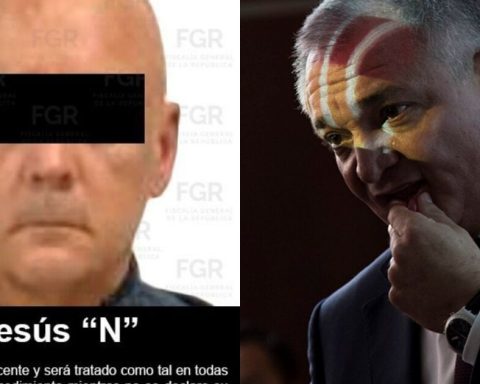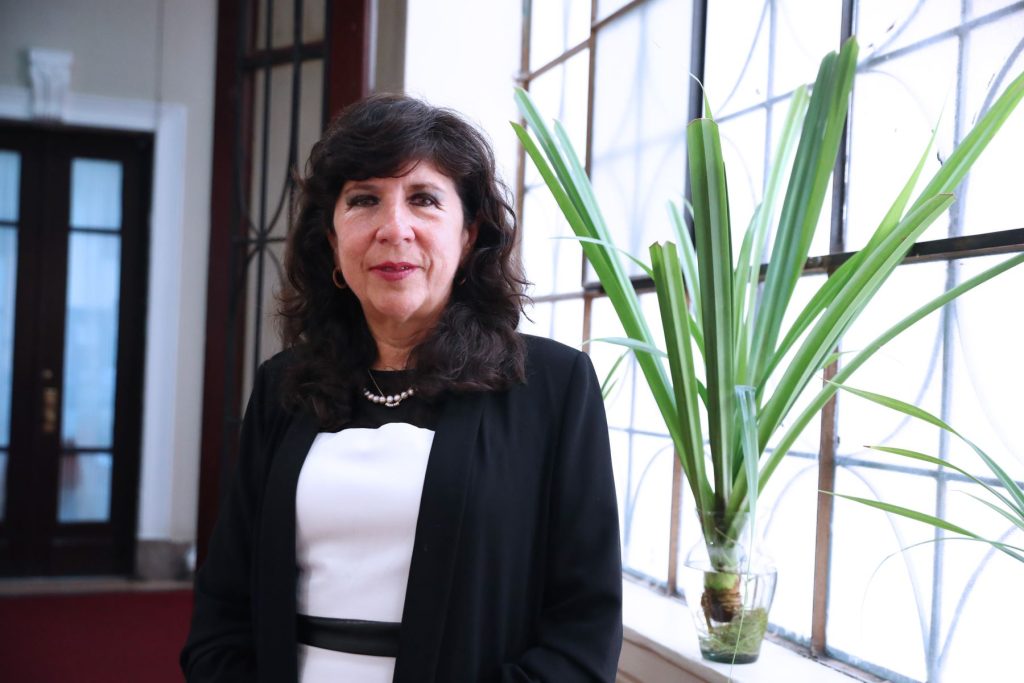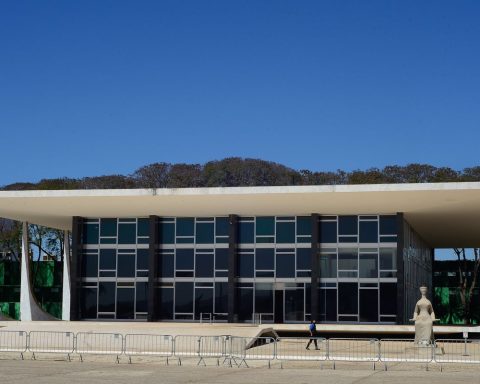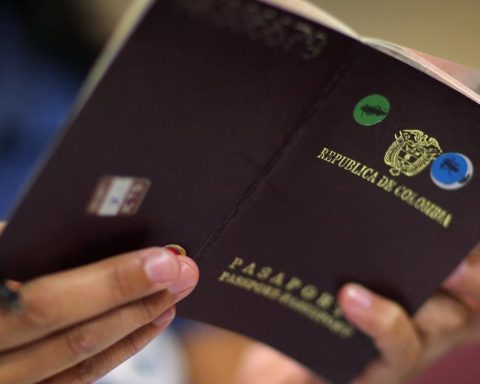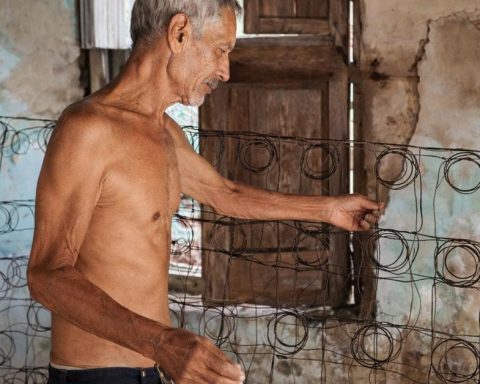AND
in Catholicism Of the Mexican people, no cult has the strength and roots than that of the Virgin of Guadalupe. Every December 12, millions of pilgrims visit his basilica, in Tepeyac. Days before, massive processions arrive in Mexico City to see the Morena Virgin, thank her for favors received and ask her for protection.
The cult of Guadalupana dates back to the first years of the Spanish Conquest and colonization. On the Tepeyac hill the ancient Nahoas worshiped the goddess Tonantzin, who represented Mother Earth. One of the most interesting phenomena in the Conquest and colonization was religious syncretism. The Franciscan friars, upon realizing the cult of Tonantzin, built a hermitage dedicated to the Virgin Mary on the Tepeyac hill in the 1520s, seeking to replace the cult of an indigenous goddess whom they considered idolatrous. The indigenous people, forced to profess a new religion, accepted this substitution and maintained their ancient beliefs under the mantle of the new Catholic liturgy.
The origin of the Guadalupe cult comes from the legend that recounts five miraculous appearances of the Virgin Mary to the indigenous Juan Diego towards the end of 1531 and the impression of her image on his tilma, who took it to the bishop Fray Juan de Zumárraga. Zumárraga’s successor, Juan Alonso de Montúfar, promoted this cult, as well as the viceroys Antonio de Mendoza and Luis de Velasco. However, none of them spoke of the apparitions.
The Guadalupe legend comes from indigenous oral tradition, systematized in the text Nican mopohuawritten in Nahuatl by the indigenous scholar Antonio Valeriano around the mid-17th century. This text, of great literary beauty, relates the first appearance like this:
“Ten years after Mexico City was taken, the war was suspended and there was peace between the people, just as faith began to sprout, the knowledge of the true God, for whom one lives. At that time, in the year 1531, a few days into the month of December, it happened that there was a poor Indian, named Juan Diego, a native of Cuautitlán… It was Saturday, very early in the morning… when he arrived next to the hill called Tepeyácac It was dawn and he heard singing… it seemed like the singing of several beautiful birds; At times the voices of the singers fell silent; and it seemed that the mountain responded to them.”
Then he heard a voice calling his name at the top of the hill. He went up and met a woman:
“Coming into his presence, he greatly marveled at his superhuman greatness: his clothing was radiant like the sun; The cliff on which her plant perched, arrowed by the radiance, resembled an anklet of precious stones, and the earth shone like a rainbow… He bowed in front of her and heard her very soft and courteous word. She said to him: ‘Juanito, the youngest of my children, where are you going?’ He responded: ‘My Lady and Child, I have to get to your house in Mexico, Tlatilolco, to follow divine things, which our priests give and teach us…’.
“She spoke to him and revealed her holy will to him: ‘Know and understand, you, the least of my children, that I am the ever Virgin Holy Mary, Mother of the true God through whom one lives; of the Creator, Lord of heaven and earth. I wish that a temple be erected here for me to show and give all my love, compassion, help and defense, since I am your pious mother; to you, to all of you who live on this earth and to my other lovers who call on me and trust me; hear their cries there, and remedy all their miseries, sorrows and pains’.”
In the fifth apparition, he asked Juan Diego to bring flowers to the bishop. When they were handed over, the image of the Virgin appeared in her tilma, which would be the same one that is found in the Basilica today.
The image, attributed to the indigenous Marcos, is an Immaculate Virgin. Her dark complexion, dark eyes and some of the symbols that accompany her combine indigenous and Spanish elements. Like all legends and myths, the important thing is not its historical veracity, but its cultural, social, and spiritual importance. His cult soon took root among the indigenous population and in mestizo and Creole families.
The second generation of Franciscans viewed this cult with suspicion. Fray Bernardino de Sahagún considered it a satanic invention, but the episcopate supported it, as it became very popular. Great miracles were attributed to him, such as ending the plague epidemic in 1554 and curing sick people of all ethnic groups. Furthermore, Archbishop Fray Alonso de Montúfar made the cult his own in the sermon he delivered in the cathedral on September 6, 1556.
The Spanish, to differentiate it from Santa María Tonantzin, named it Guadalupe, one of the most important devotions to Mary in Extremadura, Spain.
La Guadalupana was venerated as an indigenous Virgin, who chose one of her own, Juan Diego, to show herself. At the same time, it was adopted by the Creoles, as it chose the New Spain territory to show itself. It was the most important symbol of identity in the War of Independence. Since then, the cult of the Morena Virgin was consolidated as a central element of the majority religious identity of the Mexican nation, which endures to this day.
* General Director of the National Institute of Historical Studies of the Revolutions of Mexico
